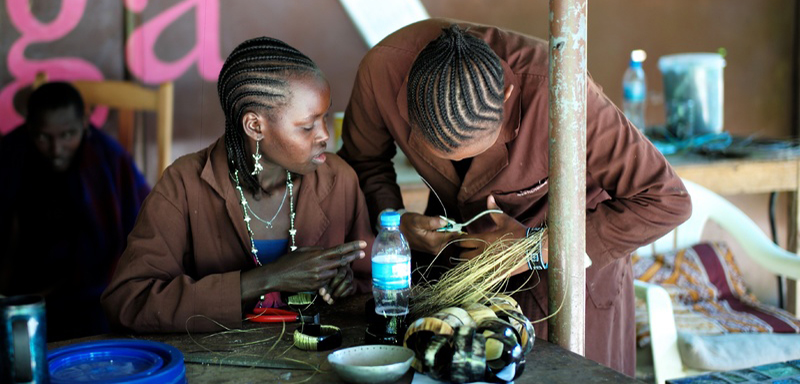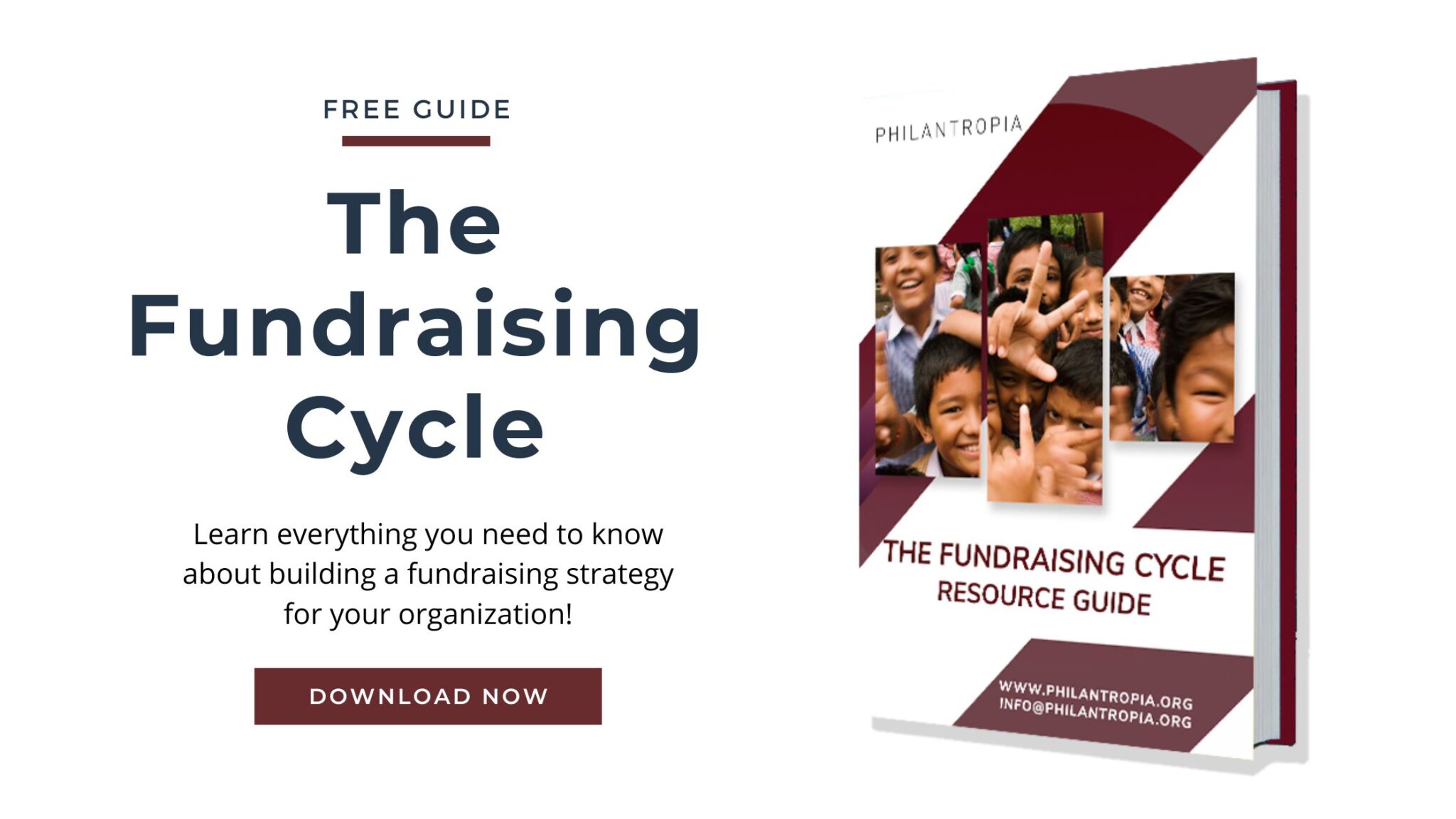When donors publish an open call for proposals, many times they give a grant floor and a grant ceiling. This means they tell you the minimum and the maximum amount that you can apply for. Some NGOs follow the idea that it is always best to apply for the maximum amount of available money. But is that smart?
In this article, we will talk about the pros and cons of this approach.
Why does the donor define a grant floor and ceiling?
Donors let you know in which range they fund because they only want to see a specific kind of proposals. If you apply with a small foundation, they probably only have the funding to give small grants. If they would not define a grant ceiling, they would also receive many applications that are out of their reach and that they would have to reject – a waste of time and resources for all sides.
On the other hand, foundations that want to spend a specific amount of money might only want to see applications for a bigger scope of work. The administrative work to manage many small grants would be a way to high in this case. So by defining a grant floor, they let you know for which size of projects they are looking.
Should you aim as high as possible?
So should you try to apply for the maximum amount? There is no definite answer, but most of the time this would be a bad idea. Some donors even give the range in which most grants are given, and most of the times it is somewhere in the middle between the grant floor and ceiling. The maximum amount that the donor gives as optional is really the maximum, so if you feel like you want to apply for that, you really need a good explanation and justification
For how much should you apply?
It is always a good way to design the project first and then look for a grant, instead of trying to design a project according to a call for applications. This way, you know from the start how much money you need. If you add money just to reach the ceiling or cut parts just to fit your project into a range, many times it shows in the end. The project does not sound and feel holistic anymore. If you need some pointers as to how much is the average grant the foundation gives, often you can find this information in the guidelines. Another possibility is to check past grants and see how high they were. This information often is displayed on the website or in the annual report.
Of course, you can apply for the maximum amount of money if your project needs it. But in this case, your chances of getting the grant are smaller and your proposal has to be very strong to make its case.




Hello Mrs Eva, I am a young aspiring Cameroonian of 27years of age and a graduate in law at one of the states university. I have this passion of helping young children and widows, and with the on going situation of crises in my country I am trying to come up with an NGO which will stand to assist in seeing that these children are well taken care of and the women too. I know with your knowledge in this, I plead with you for intervention so that our youths and mothers will not perish. My email is charlesepii001@gmail.com.I will… Read more »